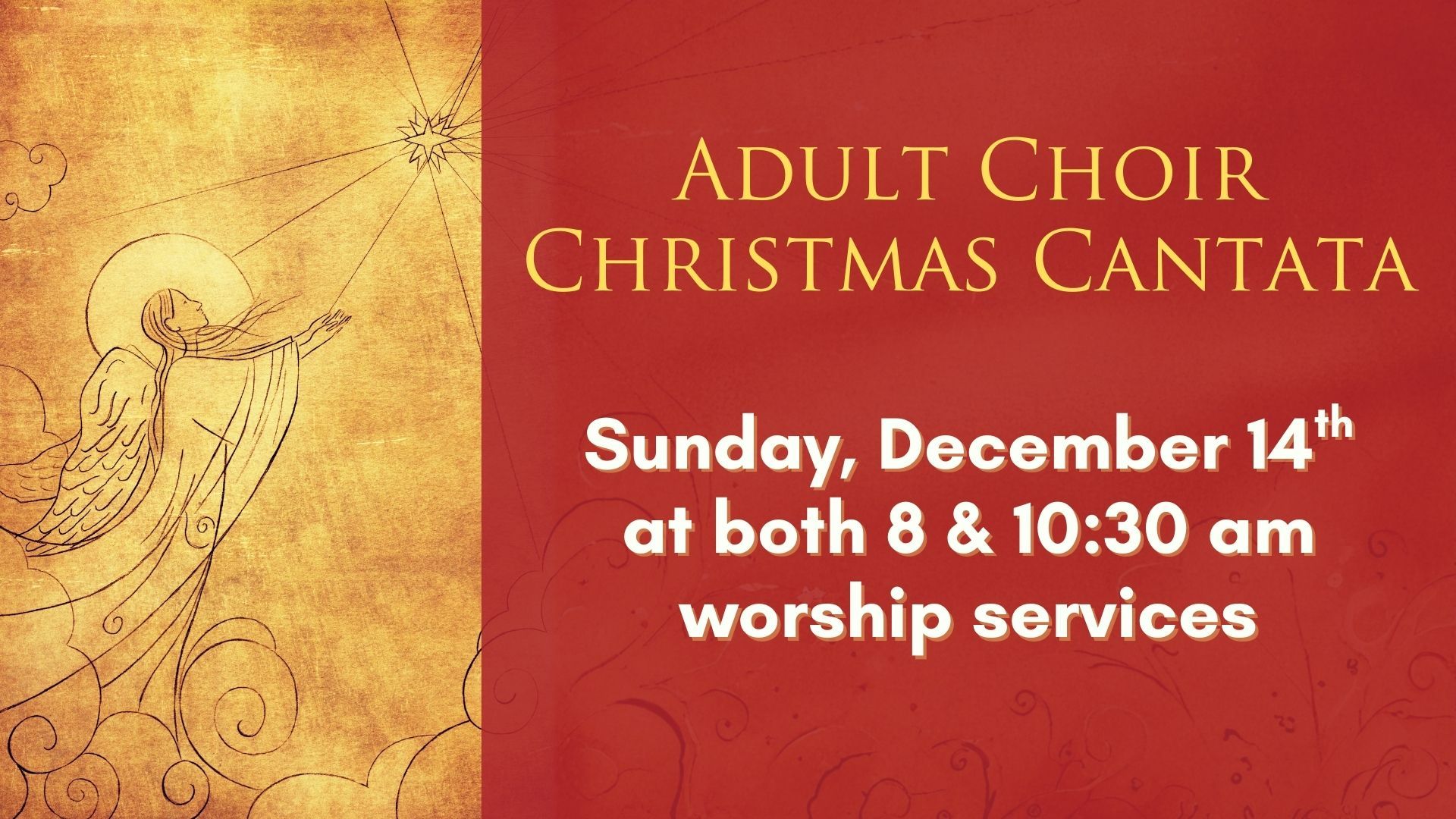A Meditative Stanza
Tim Degen, Director of Music & Organist
“Why did the organ play a hymn stanza without anybody singing?”
Two weekends ago, on Reformation, we sang the great hymn, “Salvation Unto Us Has Come”. (LSB #555). Written by Paul Speratus (1484-1551), and based on several verses from the book of Romans, this hymn speaks about God’s Law (showing our sin) and the Gospel (showing our Savior). Stanzas 1-5 talk about the Law, while stanzas 6-10 talk about the Gospel. Because this is a lengthy hymn, the stanzas were divided between men singing alone and women singing alone. However, we did something interesting on stanza 8 – I played an arrangement of the hymn without anybody singing. Instead, the congregation was asked to meditate on the text while the organ was playing.
Why did we do this?
The practice of dividing up hymn stanzas in this manner began during the Baroque era of music in the 17th and 18th centuries. In those days, hymns (called chorales) were lengthy and usually divided up between congregation, choir, organ, soloist, etc. We followed this practice with “Salvation Unto us Has Come”. Rather than using the choir or soloists, we divided up the congregation between men and women for different stanzas. However, we kept the practice of having the organ play a stanza alone while the congregation meditated on the text.
The arrangement I played for stanza 8 of the hymn was by Johann Sebastian Bach, who lived from 1685-1750, and who was a prolific composer of organ music during the Baroque era. It was from a book by Bach called Orgelbuchlein (“Little Organ Book”). Bach wrote the arrangements in the Orgelbuchlein specifically for stanzas that the organ would play alone during the singing of chorales. What a blessing that we were able to hear an arrangement of this hymn that was also played in worship over 250 years ago!









